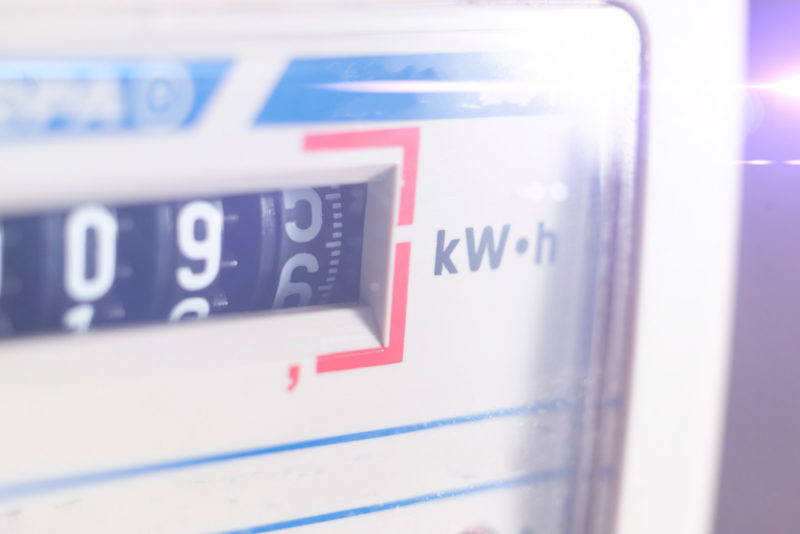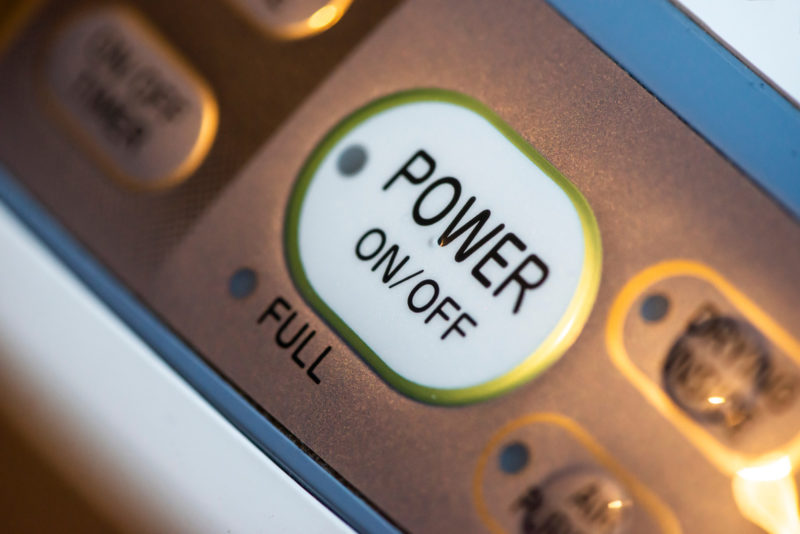How Many Watts Is My Computer Using?
When it comes to gaming, power consumption is not something many gamers would consider most of the time. As long as the PC doesn’t shut down whenever the GPU starts to pick up the pace, you’ve got nothing to worry about in the power department.
However, it’s a lot better in the long run if you are concerned about your current power consumption. Whether it’s gaming or performing basic tasks on a fully-fledged gaming PC, computers can consume a lot of power.
Having an idea about the amount of power you are using (or wasting) will help you make better decisions in the future, whether it’s downsizing because you’re going through a “minimalism” phase or sizing up a new PSU (see also the best PSU brands) for your new high-performance gaming rig.
So, how many watts is my computer using? The answer:
There are several ways you can measure your computer’s power consumption, and the simplest method is by using a third-party application.
There are other methods if you want to be more precise. So in the upcoming sections, we are going to talk about power-related topics such as:
- How to Measure Wattage Using software?
- How to estimate the power consumption before building a PC?
- How to use a Watt Meter to measure power consumption?
- Tips on how to save energy.
- Will a better PSU reduce power consumption?
- Will future upgrades affect a computer’s power consumption?
So grab your wattmeter and practice your “how dare you’s ” because we are going to save the planet.
How Many Watts Is My Computer Using and How To Measure Wattage Using Software?
The easiest method is for you to use third-party software to measure the power consumption of your PC. With the help of internal sensors, your computer can figure out how much power it’s consuming in real-time.
All you need to do is download a third-party application such as LocalCooling. This application can show you how much power your PC is consuming.
LocalCooling is a free application, and it provides a few tweaks to optimize your PC and minimize power loss. These are simple tweaks that include features such as
- Having the ability to automatically switch off your monitor after around 10 minutes of inactivity. (time is customizable)
- Spinning down storage drives after 30 minutes of inactivity.
- Shutting down your PC after about 4 hours of inactivity. (default time is 4 hours)
You can freely customize these features and even set specific rules. (rules such as preventing the PC from shutting down during previously configured periods)
However, if you want a more detailed report of all your hardware (details including temperatures, clock speeds, voltages, etc.) there are several alternatives such as HWMonitor and Open Hardware Monitor.
How to estimate the power consumption before building a PC?
If you are thinking about the environmental impacts of your future gaming rig, then fear not. Several online tools will help you design the most eco-friendly gaming PC.
The simplest online tool is the power calculator found in PCPartPicker. It’s not the most detailed or accurate when it comes to predicting the power consumption of your future build, but it’s great for starting. Also, through this website, you have the chance to easily pick out the parts of your desired PC build while simultaneously comparing their current prices.
All you have to do is go to pcpartpicker.com and click on the “System Builder” button on the top left of the navigation bar. (the button with wrench icon) After that, pick out the parts of your “dream” build, and while you are doing so, you can see the “Estimated Wattage” on the top of the list.
However, if you want something a little more advanced, I suggest heading over to the Outervision Power Supply Calculator. This website has a lot more options and several other optional settings, such as setting up how long you expect to use this computer for light loads/heavy loads.
This calculator by Outervision provides you with some accuracy in the “Basic” settings. However, if you don’t mind the complexity, there’s an “Expert” section – which I’m not a fan of, but somebody else is going to have a field day with – where you can customize almost every aspect of your PC build.
How to use a Watt Meter to measure power consumption?
Getting yourself one of those plug in wattmeters, is a great investment. You can measure the power consumption of almost any household device, and it’s very easy to set up and configure.
Setting up a Watt meter to measure your computer’s power consumption is very easy. If you are using a PC, then disconnect the UPS plug (you are using a UPS for your PC right?) and plug in the power meter.
After that, connect your UPS plug into the power meter, and switch on your PC. The power meter will start to display the current wattage. Boot up your OS and note the power consumption when the PC is idle. (when it’s just sitting at the desktop)
After that, load up a GPU intensive game and check the power consumption when the PC is working hard at rendering the game, this will give you the (almost) maximum wattage that your computer is actually using.
You can follow the same procedure for laptop, but instead of plugging into the UPS, you just have to plug the Laptop charger to the power meter.
Tips on How To Save Energy
If you’ve followed any of the above three methods, done some calculations on how much kWh you actually consume in a day, and calculated how much it adds up to your electricity bill, you might not like what you see. So, in this section I’m going to breeze over a few simple things you can do to reduce your carbon footprint.
Switch over to a laptop: I don’t game for more than 2 hours a day on weekdays, and my work doesn’t involve GPU intensive tasks such as gaming/video editing for the most part. Therefore, I’ve made the decision to switch over to my laptop during the weekdays. It helps me focus a bit more, and now, I don’t procrastinate by gaming, now I procrastinate by watching videos on YouTube. So at the end of the day, my electricity bill doesn’t add up a ton of units like it used to.
Therefore, if you are in a similar situation like myself, switching over to a laptop, at least when you are working, will help you cut down on your electricity usage by a significant margin.
Switch off unnecessary devices: Be honest, do you really use speakers when you’re working? (or at least gaming) I’m going to guess: probably not. So if you are not using these speakers, printers, routers or any other electronic device that’s just sitting there, maybe it’s time to switch them off. The electricity consumed by these devices may be insignificant, but at the end of the month, they will have accumulated at least a handful of Kilo Watt-Hours. (or electricity units) So, if you don’t need them, and they are just sitting there, switch them off.
Put your computer to sleep or shut it down: It’s 2023, and I’m sure that most of you use an SSD for your OS. Your computer can boot up in less than 10 seconds, so why not switch it off if you are not going to be using it for more than an hour.
At least set it to “sleep” if you don’t want to lose your progress on whatever it is you were doing. If you forget to keep doing this, there’s always several third-party applications that can automate this for you. If you are looking for such an application, you might remember that we talked about LocalCooling before, which has all the necessary features to help you save power.
So, to recap what we’ve gathered from this topic: If you want to measure how many Watts your computer is using, the simplest method is to use an application such as LocalCooling. However, if you want a more accurate measurement, you can always use a plug in wattmeter to measure the actual amount of power that your computer is using.
Conclusion
The amount of watts that your PC consumes can add up to the thousands depending on your PC setup, and the longer you use it, the more units (kWh) that gets added to your electricity bill. Therefore, if you feel like the amount of wattage your devices are consuming is too much, you can always follow some “minimalism” principles, and get rid (or minimize the usage) of unnecessary devices. It will help you save a few extra dollars, and it could even help you minimize distractions.
When you purchase through our links, we may earn an affiliate commission at no additional cost to you.

